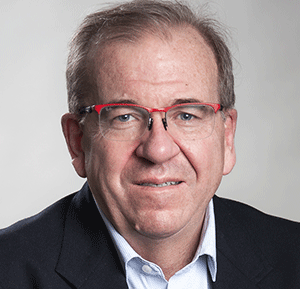FMA is ‘proof’ of benefits, U.S. Rehab says

By Liz Beaulieu, Editor
Updated 10:01 AM CST, Fri November 19, 2021
 WASHINGTON – Recent virtual meetings with legislators highlight the importance of leveraging the Functional Mobility Assessment tool to show the value of appropriate seating and mobility equipment, say U.S. Rehab’s Dan Fedor and Greg Packer.
WASHINGTON – Recent virtual meetings with legislators highlight the importance of leveraging the Functional Mobility Assessment tool to show the value of appropriate seating and mobility equipment, say U.S. Rehab’s Dan Fedor and Greg Packer.
During those meetings, which took place as part of the Virtual CRT Congressional Fly-in on Sept. 21, legislators asked for “proof” that power standing devices and other complex rehab equipment benefit patients and save money, said Fedor, director of reimbursement and education for U.S. Rehab.
“That’s a good lead into this outcomes measurement tool that has been around for a few years,” he said. “With them really asking us for it, this is something that we need to take advantage of and continue to get more data. This is going to be a very important piece for us for the future of our industry to promote and show what we do has a benefit to the patient with real numbers.”
The FMA is a 10-question survey that assesses patient satisfaction and the ability to perform mobility related activities of daily living, with the goal of showing the impact of new mobility equipment and the involvement of ATPs. It also collects key data on the number of falls in the last three months, skin breakdown and the number of hospitalizations in the last three months – all leading cost drivers in health care.
So, what does the FMA, which has now grown to include data from almost 11,000 people, show so far?
“We’ve seen an 128% increase in satisfaction in MRADLs, we’ve decreased reported falls by 64%, the reduction in readmissions is 71% and the reduction in skin breakdown is 57%,” said Greg Packer, president of U.S. Rehab.
U.S. Rehab has also combined data from the FMA with researched conducted by Leitten Consulting to compare costs from falls for a group with and without new mobility equipment, showing a cost savings of about $36 million to the health care system.
“ATPs do make a statistically significant difference when they’re involved in the placement and selection of the equipment,” Packer. “This proves what we’re doing out there makes a huge difference.”
Comments